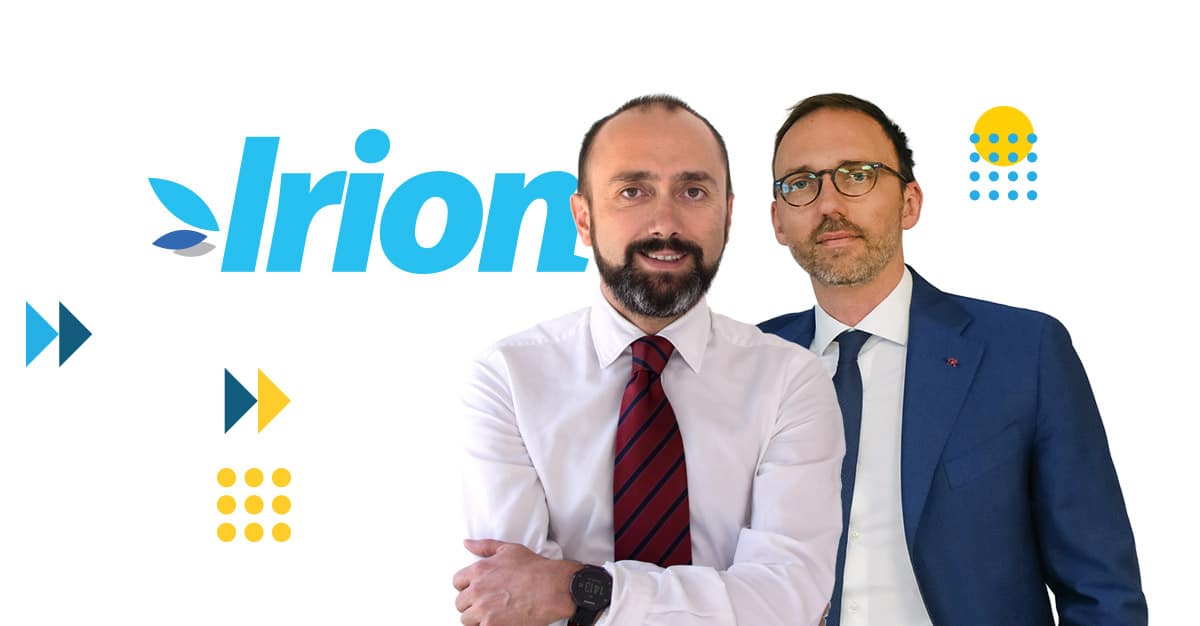How can companies respond to the challenges of ESG (Environmental, Social and Governance) data management, which involves increasingly complex requirements and hundreds of internal and external information sources? The European CSRD (Corporate Sustainability Reporting Directive), in effect since 2023, has introduced a set of specific obligations for sustainability reporting. This European directive works in synergy with the requirements of the ESRS (European Sustainability Reporting Standard), adopted—after extensive consultation with the industry—by EFRAG (European Financial Reporting Advisory Group, the body that supports the European Commission in translating the directive into implementing regulations).
The phases of Data Management for sustainability range from information gathering (data collection) to subsequent validation and normalization activities, followed by various tools supporting metrics, actions, and targets, and finally data aggregation and reporting. The topic was addressed during a meeting of the Sustainable Transition Competence Center at ABI Lab, where our advisors presented an example of Irion EDM’s Semantic Graph Navigator: the tool that enables users to visually explore data relationships in just a few clicks through a flexible, navigable metadata model.
In particular, Irion’s Principal Business Consultant, Roberto Fasano, outlined the preparatory steps needed to identify, within a Business Glossary built with Irion EDM, the priority Data Points that represent Key Data Elements (KDEs) in the context of environmental and social sustainability. The expert emphasized two crucial factors, regardless of the method applied: respecting the specific characteristics of each organization and integrating everything into the company’s overall information asset governance system.
Semantic Graph Navigator: the ESRS example
In the example presented to colleagues from the ABI Lab community by Irion Senior Business Consultant Giacomo Saggioro, there were 216 specific Data Points for managing climate change data (out of more than 1,000 catalogued Data Points), on which over 500 Data Quality controls were implemented.
By exploring three specific Information Areas (Sustainability, Registry, and Risk), the colleague progressively visualized, in greater detail and granularity, the informational hierarchies and examples of identity cards for the related Business Terms—even very specific ones, such as the indicator “Percentage of net revenue from customers operating in coal-related activities.” Each indicator was linked to the documentation corpus issued by EFRAG with the ESRS standard, with the goal of centralizing in the catalog the entire information base used by the company for designing and calculating the indicator.
Once the user confirms the relevance of the data being explored, the next step is to understand its impacts—such as in relation to vertical lineage, an essential “bridge” between the business layer and the technical/IT layer when reconstructing the history of a data element. For example, a table field is part of the physical representation of a data point defined in the business plan, a process is supported by an IT application, and so on.
In just a few steps, Irion EDM also makes it possible to carry out targeted checks and validate formal, trend-based, and substantive controls across every area of corporate sustainability where data is generated. These features are accessible to any user, even non-technical ones, who can produce automatic reports (graphical or tabular), useful in the event of a business audit, for collaboration and information sharing across departments, or within a working group involving suppliers and partners.






